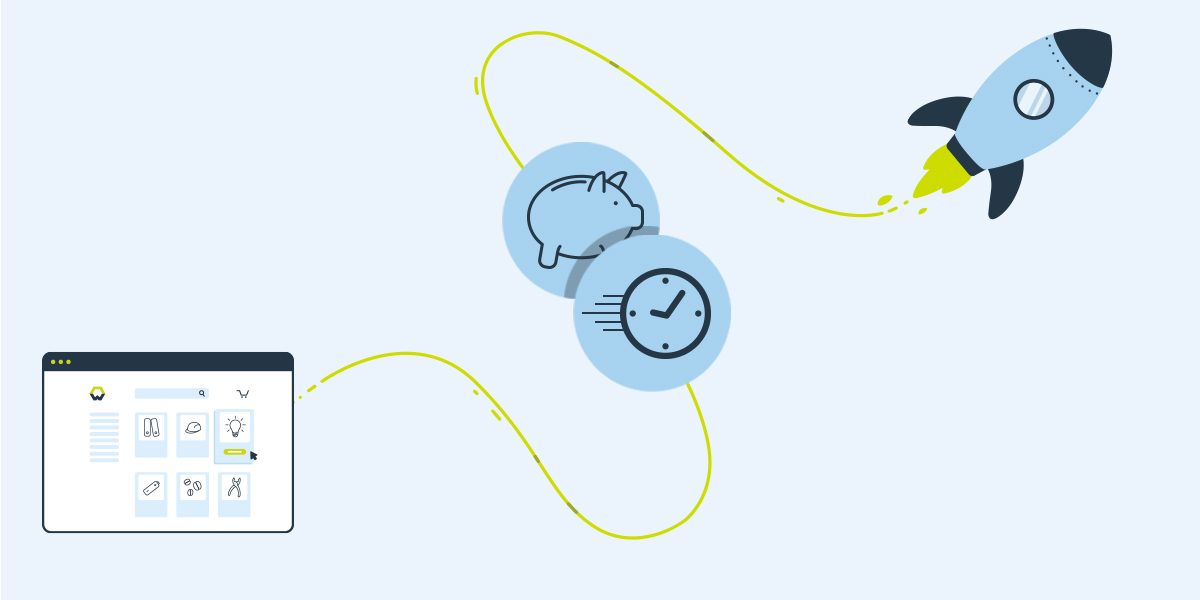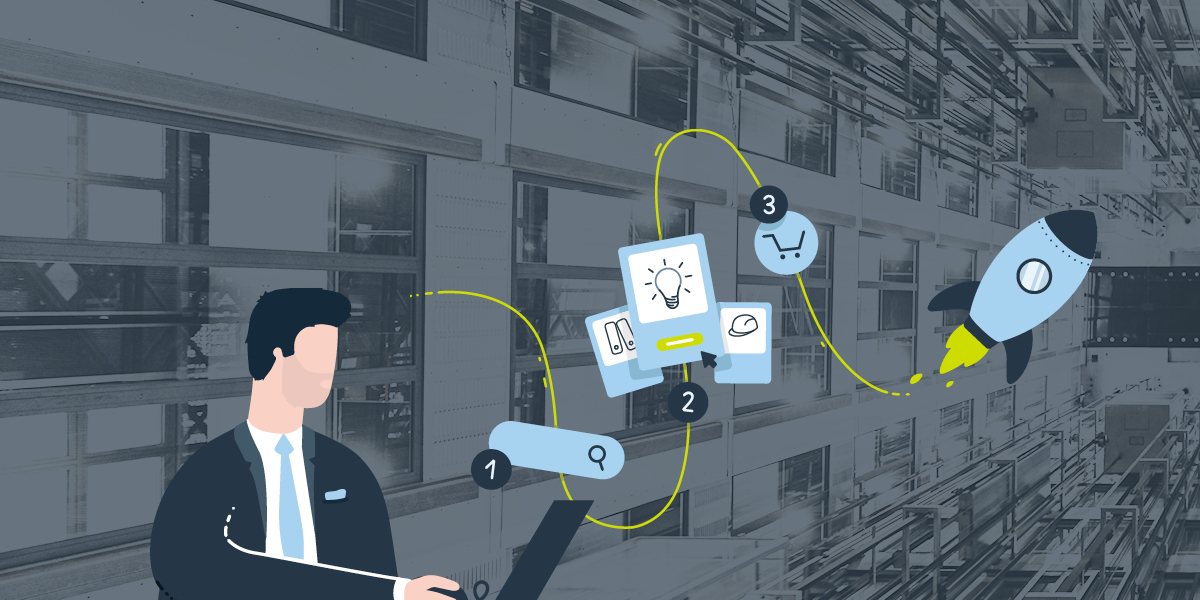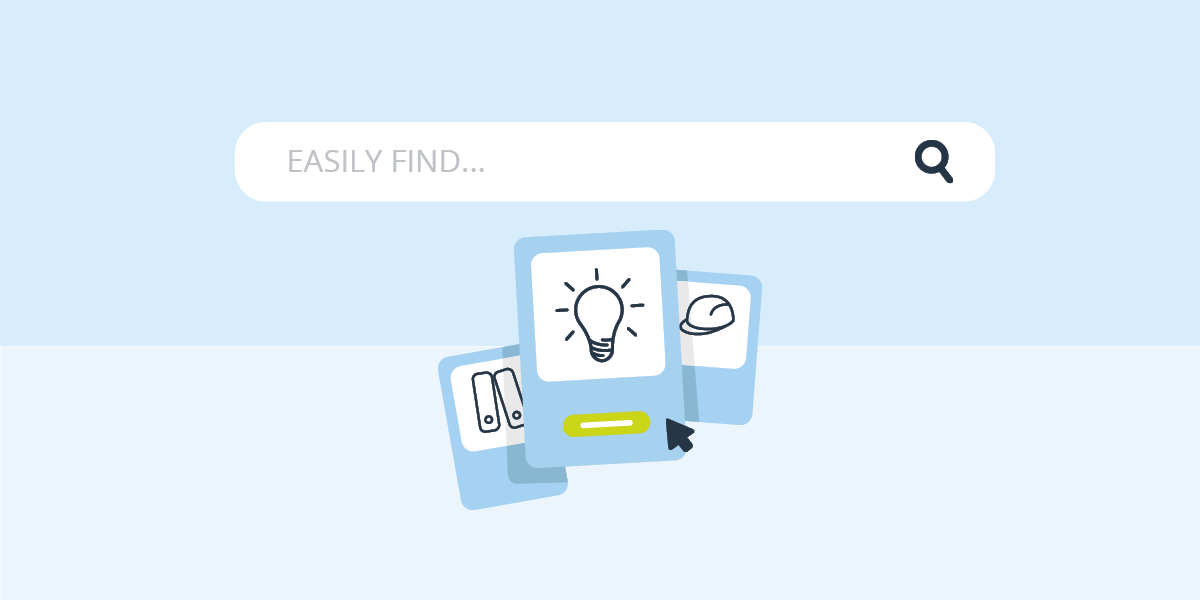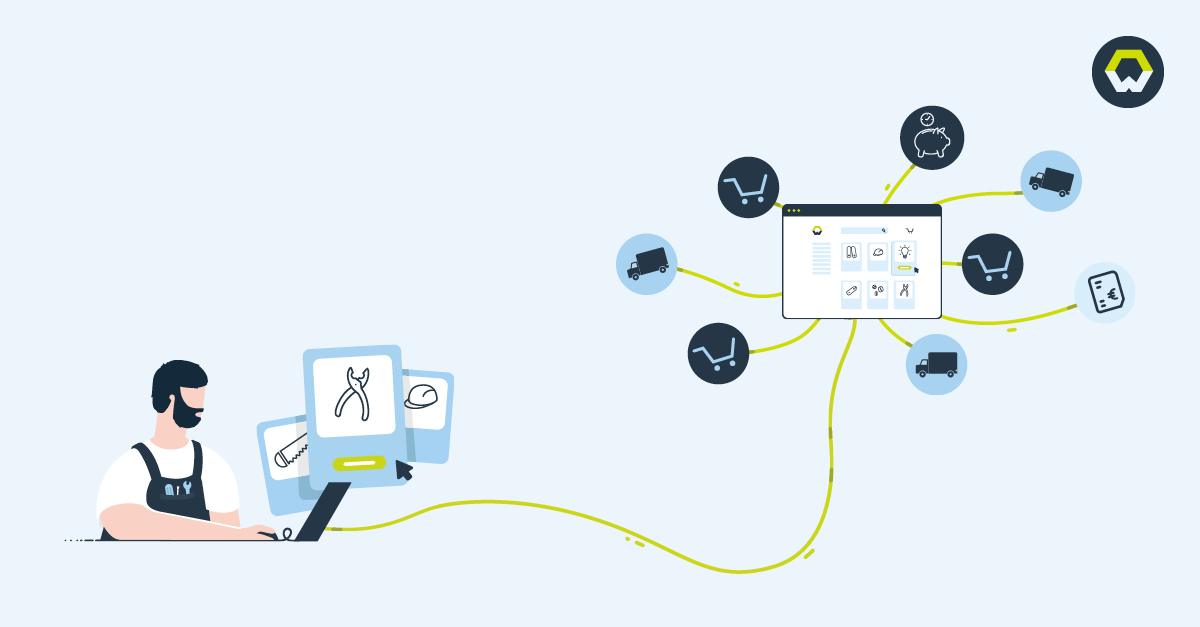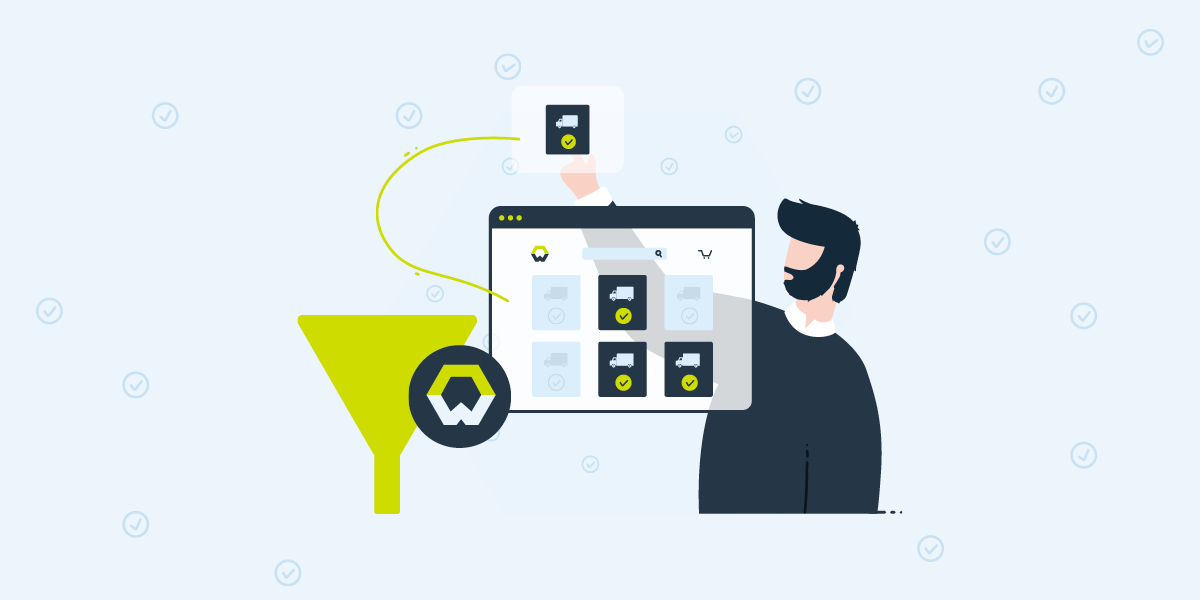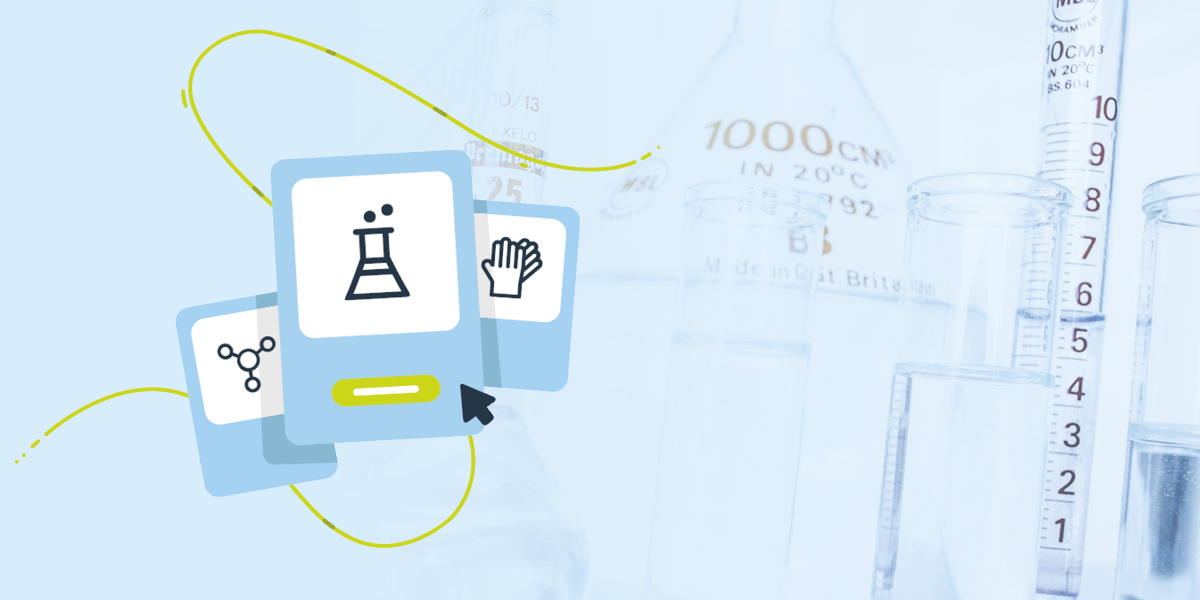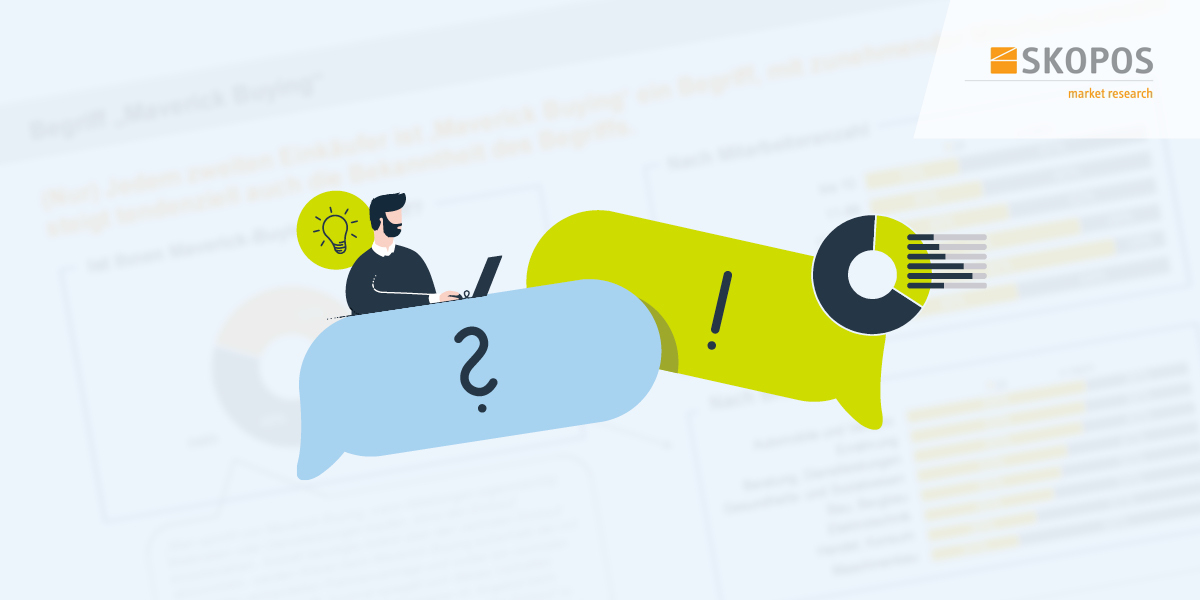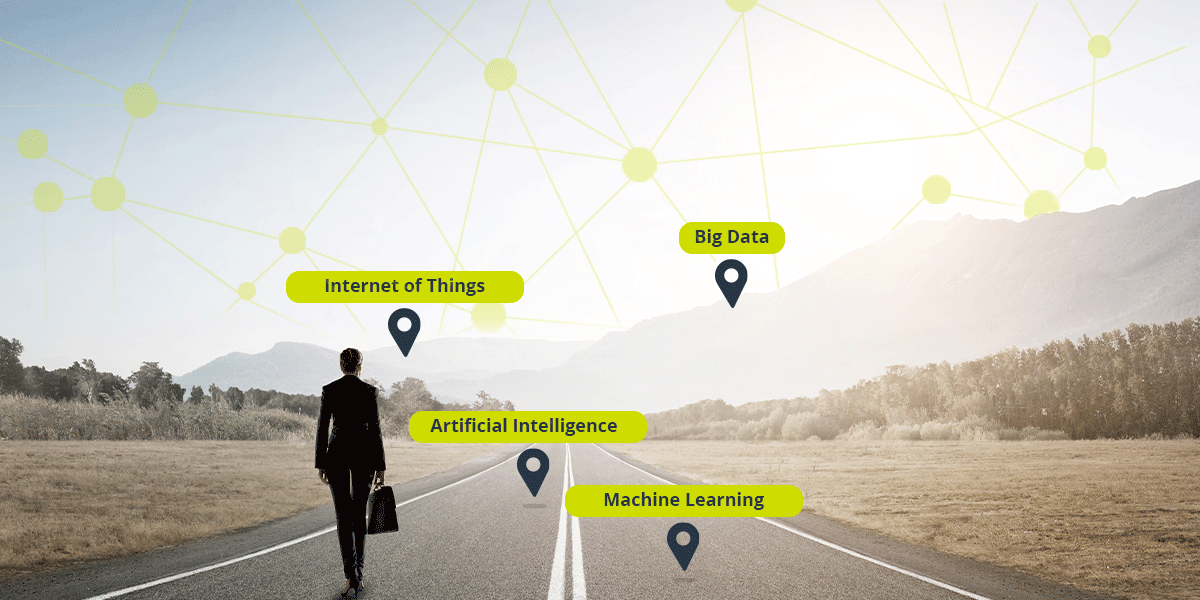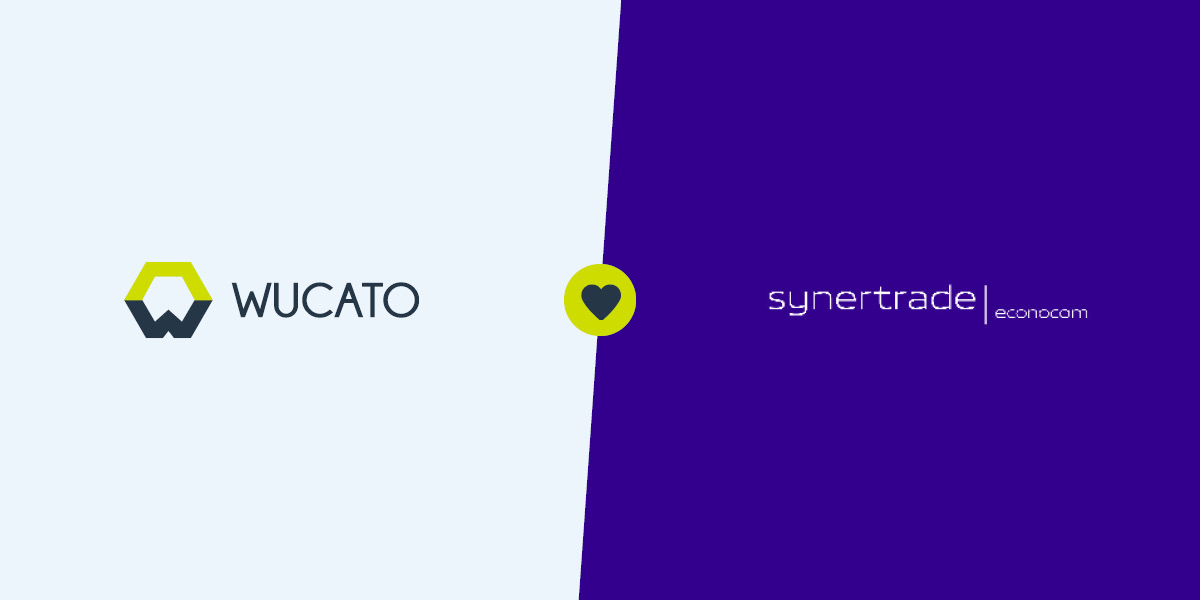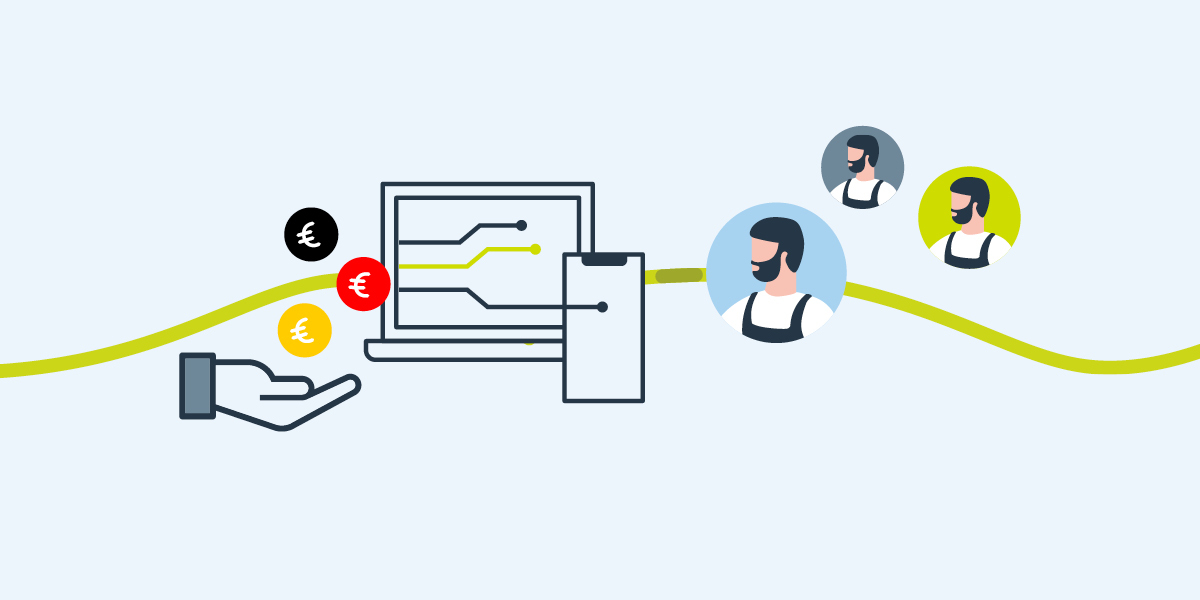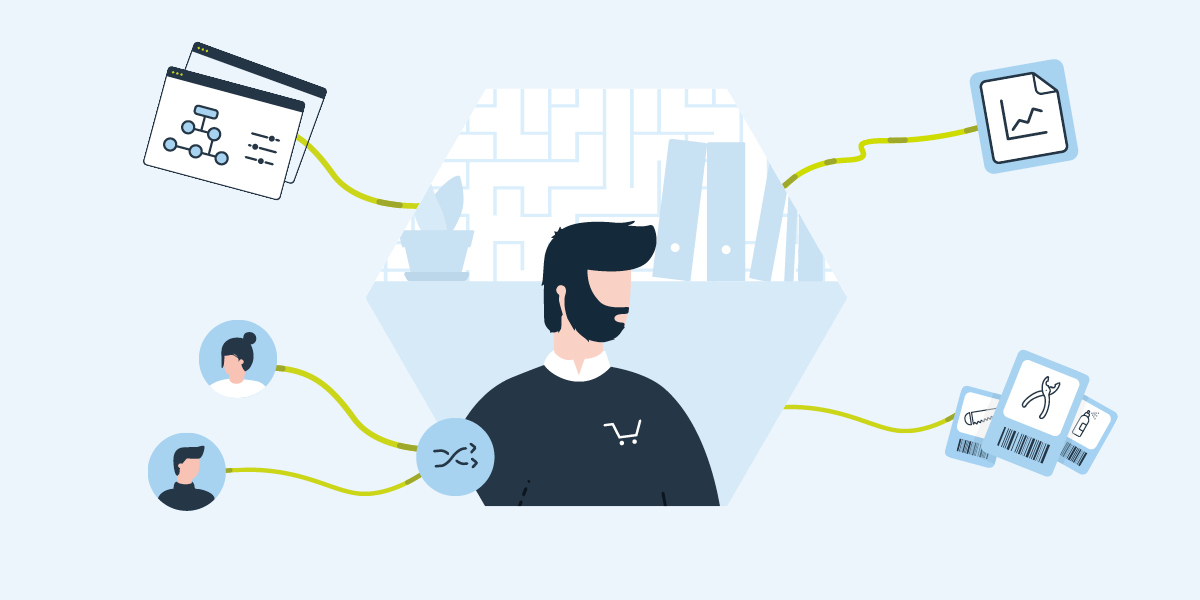Efficient inventory management system: integrating and automating the ordering process
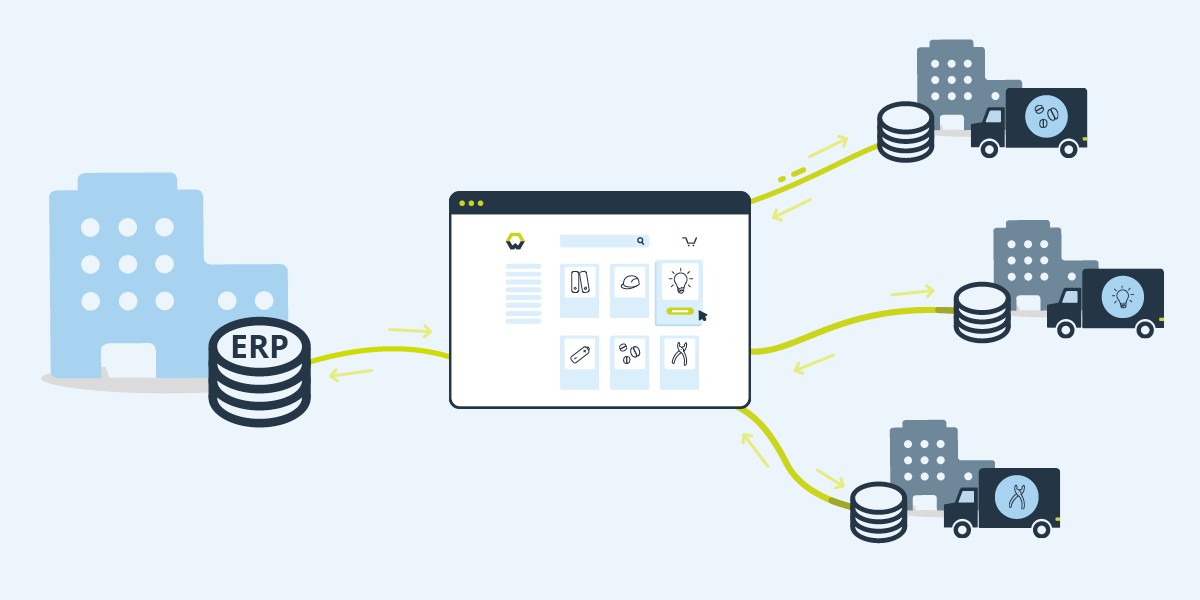
Is it possible to buy C parts and operating materials offered from different suppliers directly from your enterprise resource planning system without having to change access? System integration makes precisely this scenario possible: Wucato allows the procurement ordering process to be easily integrated into the enterprise resource planning system. The result: an optimum flow of information and automated ordering process.
Digital processes accelerate procurement workflows. B2B trading platforms offer a whole number of advantages for operational and strategic procurement: for example, assortments can be adapted to suit individual needs, suppliers can be consolidated, and roles, rights and budgets can be stored. System integration for the digital mapping of procurement processes in the enterprise resource planning system also allows efficiency potential to be fully exploited when purchasing operating materials and C parts.
What is an enterprise resource planning system?
A company’s enterprise resource planning system maps all of the processes that relate to the flow of goods. Purchasing is just the beginning – enterprise resource planning systems also include sales, goods receipt, inventory management and goods issue. ERP systems often handle everything from product requirements to customer data, inventories and invoices. The main advantage here is the automatic exchange of data between the individual areas, which makes processes more efficient and less prone to error.
If procurement processes are digitalized but are not connected to the enterprise resource planning system, for example because they run on a separate procurement platform, this may end up making processes slower. Although purchase orders and invoice management can be automated within the procurement workflow, they then have to be entered manually into the enterprise resource planning system. What is more, procurement employees have to switch back and forth between two tools – the procurement platform and the enterprise resource planning system.
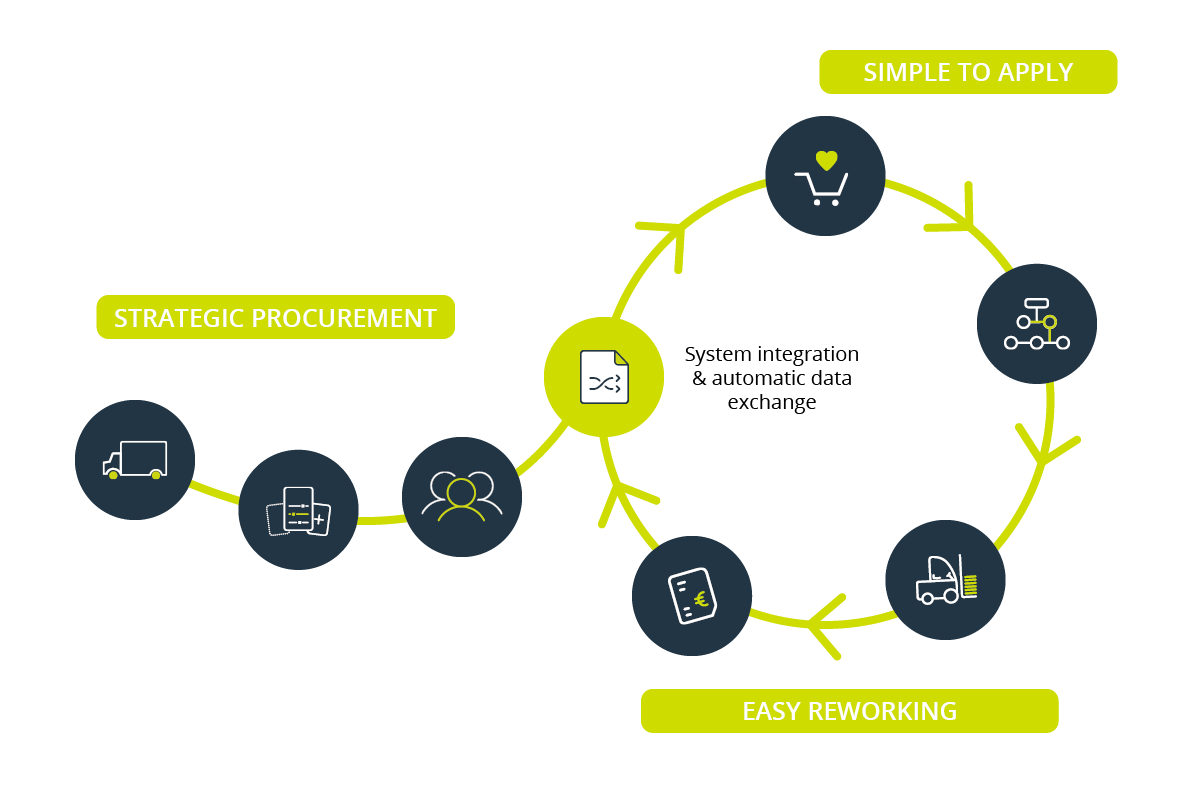
Using system integration to optimize the ordering process and the flow of information
Once the enterprise resource planning system and procurement are integrated, this problem is solved. System integration allows companies to save a great deal of time, money and, most importantly, paper: if companies use automatic data synchronization within the enterprise resource planning system, they can achieve faster transmission and throughput times. Synchronization also reduces both the volume of documents that need to be processed in analog processes and the outlay required for data entry. It also improves the quality of the information transmitted, because data entry errors are easier to avoid. This means that system integration reduces manual effort as well as warehousing costs, for example through just-in-time or just-in-sequence deliveries later on in the flow of goods.
System integration with Wucato
Wucato also allows you to fully exploit the potential that integrated enterprise resource planning systems offer in terms of efficiency and streamlining: the B2B platform can be easily integrated into existing enterprise resource planning systems via the OCI/EDI order interface or PunchOut solution. Wucato not only sets up the interface, but also advises on the ideal solution in advance, as well as establishing options for monitoring existing connections. Comprehensive data mapping, which maps the data flow from the procurement platform and enterprise resource planning system, forms the basis for efficient data management. This is an area in which Wucato has a large mapping library at its disposal, allowing it to implement the interface quickly.
Companies that integrate Wucato's procurement platform into their enterprise resource planning system benefit from the investment in their IT landscape in the long term: product requirements can be met and processed via a central platform, and procurement no longer has to transfer data from one system to another. The result: efficient, faster and less error-prone processes covering all stages in the flow of goods.
More articles from the category "C-Parts-Management"
